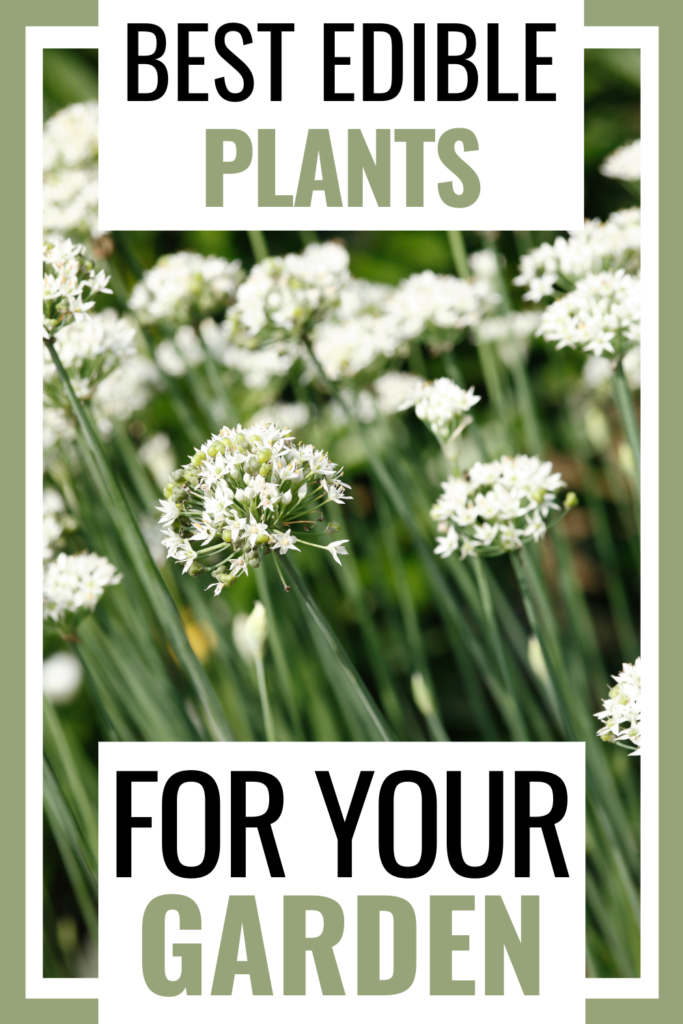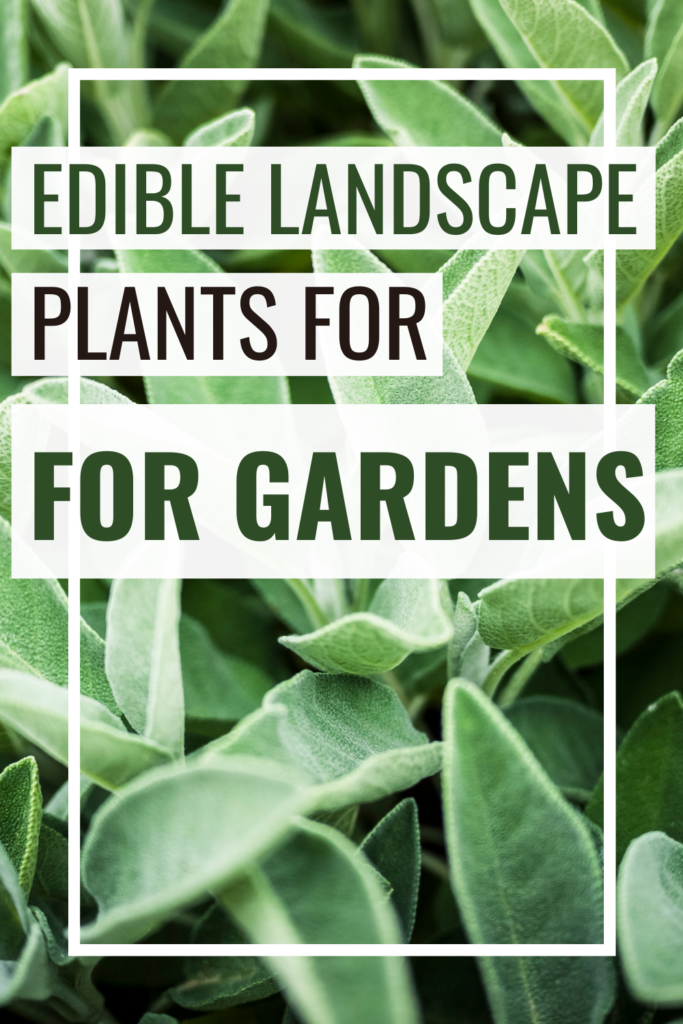These edible landscaping plants will make a beautiful addition to your garden while still providing a harvest for the kitchen table.
Not all vegetable plants or herbs are as useful in a general landscaping design. However, these edible plants are attractive additions to a victory garden or mixed perennial flower border. Use these compact growers for edible garden edging plants.
Mix in these edible landscaping plants for a dual purpose garden
Evergreen Thyme for Low-Growing Edging
A long-time favorite of cottage gardens, herb gardens, and even container planters, the thyme plant can provide a fantastic ground cover or edge in a garden border. Some cultivars are variegated, and all have aromatic foliage. Gardeners should consider them in a fragrance garden or wherever some evergreen color is desired. Thyme is a popular kitchen herb and withstands frequent trimming, so the chef of the family can easily snip off a stem or two whenever a recipe calls for thyme.
Marjoram, Oregano, or Sweet Marjoram
There are many plants related to oregano and marjoram that make beautiful plant border edges and provide fresh herbs for the kitchen too. Origanum vulgare hirtum is known as winter marjoram because of its hardiness through zone 4 and the perennial nature of the plant.
Winter marjoram is very useful in the kitchen while still providing showy summer flowers and acting as a compact edging plant 7″ tall and 12-18″ wide. Sweet marjoram (Origanum marjorana) is grown as an annual in zones north of zone 9 and grows bigger than winter marjoram, reaching 12-24″ tall and wide. Common oregano (Origanum vulgare) has a stronger flavor in the kitchen but is a hardy, medium-sized plant very easy to grow.
Sage With Variegated Foliage
While common sage has highly attractive, lance-shaped leaves, in its own right, there are also variegated cultivars and hybrids that are still edible, so many victory gardeners choose to use these instead.
‘Aurea’ – Medium green leaves edged in bright green.
‘Purpurascens’- Not variegated. However, new leaves are purple in color, creating a variegated look through the entire plant.
‘Tricolor’ – Lightly variegated with medium green, bright green (almost white), and purple-pink colored leaves.
All culinary sage (Salvia officinalis) plants grow about 18″ tall and wide, prefer full sun, and are moderately drought-tolerant.
Garlic Chives Provide Upright Interest
Garlic chives (Allium tuberosum) have thin, upright leaves that are shaped like tiny straws. The late-summer flowers are white and attract butterflies to the garden. Hardy in zones 3-9, garlic chives makes low-maintenance edging for the garden while adding a light garlic flavor to many culinary dishes.
Garlic chives naturalize easily and may become invasive in some areas, but many gardeners find any spread is kept in check through normal harvesting for use at the kitchen table.
Keep these plants in mind when planning your garden spaces, as they are perfect for anyone who wants a mix of edible plants. You may also consider these aromatic herbs, and host plants for butterflies. You may also want to know what kind of flowers attract bees too, since they are very beneficial to your garden.

